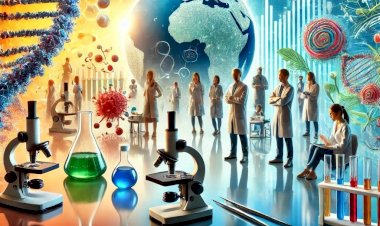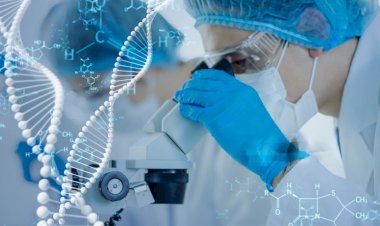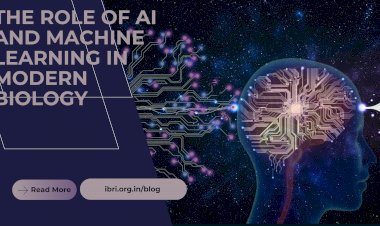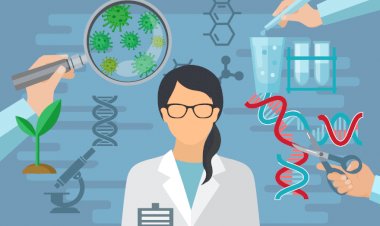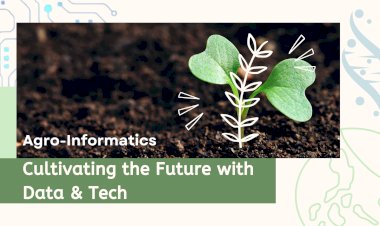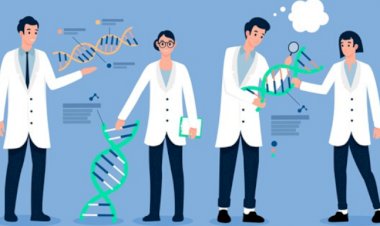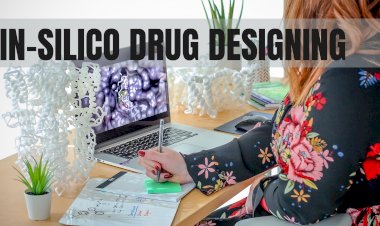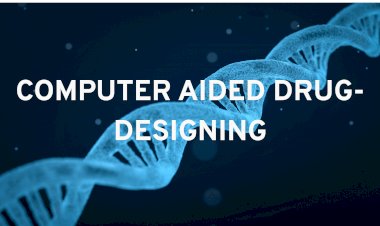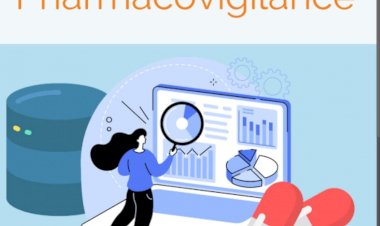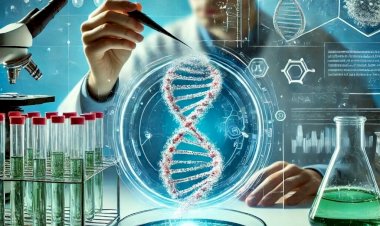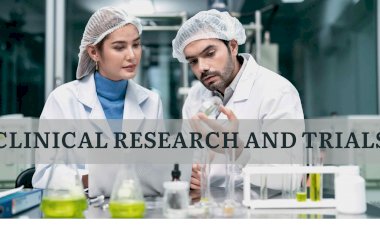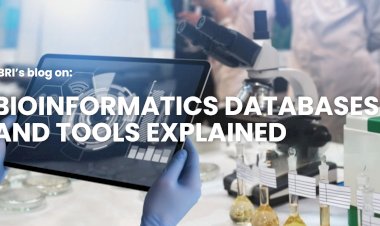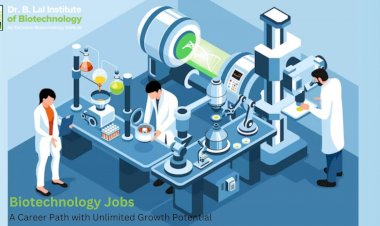Biotechnology and its Applications
Significance of Biotechnology
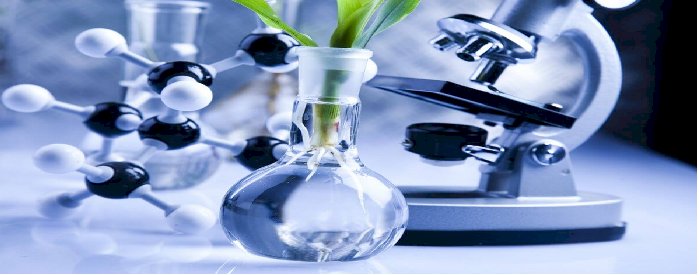
Biotechnology and its Applications
An area of biology that is technologically researched and, as a result, uses living things and their parts to create, alter, and offer products that are beneficial to human welfare. Karoly Ereky, an agricultural engineer, is regarded as the father of biotechnology because he first used the term in 1919. Let's take a quick look at some of the most significant biotechnology applications.
Applications of Biotechnology
Many diverse fields employ biotechnology to change and produce valuable products for human purposes. Examples of these uses include:
- Biotechnology in Agriculture
Green biotechnology, sometimes known as the biotechnology revolution, refers to the use of biotechnology in agriculture. Agriculture has benefited greatly from biotechnology, and some examples are Organic agriculture; agrochemical-based agriculture.
- Genetically modified agriculture using crops
The yield and consequently the supply of food have increased thanks to the use of biotechnology. In addition to ordinary crop production, pest-resistant plants, and genetically engineered crops are being introduced to increase food output and feed the expanding human population. Crops that have undergone genetic modification have their genes altered through the insertion of desirable traits. Golden rice, Bt cotton, and Bt brinjal are a few examples of genetically engineered crops.
- Biotechnology applications in medicine
Recombinant deoxyribonucleic acid technology has helped enhance healthcare by enabling the manufacture of safer and more straightforward medicinal medications. Gene splicing is the primary approach used to create the medications. Humulin, an insulin that has undergone genetic modification and is used to treat diabetes, is created by splicing genes. Gene therapy, a product of biotechnology, aids in the treatment of genetic diseases in the developing embryo. The following are some other biotechnology uses in the medical and molecular diagnostic fields:
- ELISA
- PCR
- Transgenic Animals
When a replacement or altered gene has been artificially inserted into the genome via a gene-splicing technology, an animal is said to be transgenic. Rats, rabbits, pigs, sheep, cows, fish, and other examples of transgenic animals are few in number. The mouse is the only transgenic animal that has already been created among all others. The following are the motivations for developing transgenic animals:
- For the production of Biological products.
- To study the different types of diseases.
- To study the contribution of genes in the development of the disease.
- For testing the safety of vaccines and toxicity of drugs before they are used on humans.
- Applications in Aquaculture
Applications of biotechnology aid in increasing the quantity and quality of fish. To encourage breeding, fish are given gonadotropin-releasing hormones. This aids in enhancing both their genetic makeup and rate of growth. It also shields against a number of illnesses.
- Production of Antibiotics
Utilizing plants, biotechnology aids in the development of vaccinations, antibiotics, and synthetic hormones. In order to produce the encoded proteins, appropriate gene variants are inserted into the plants. It is less expensive, frequently easier to store, and the body may inject edible vaccinations. These have a reputation for treating conditions like cholera, hepatitis, and measles.
All of this has to do with biotechnology and the ways in which it is used in contemporary society. Better food sources and medications are built on the foundation of current procedures. Use examples and applications to grasp their significance.

 Janhvi
Janhvi 






